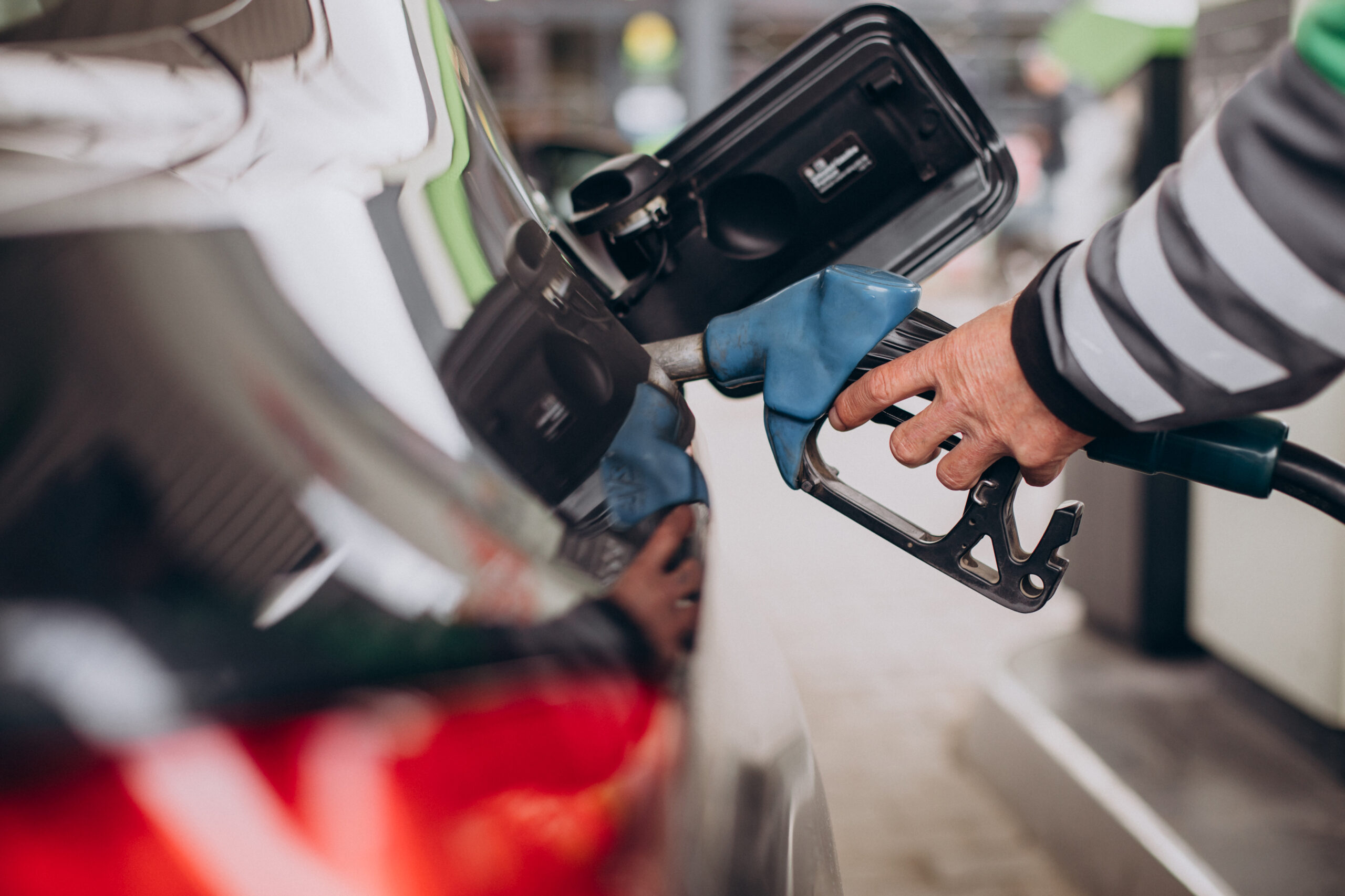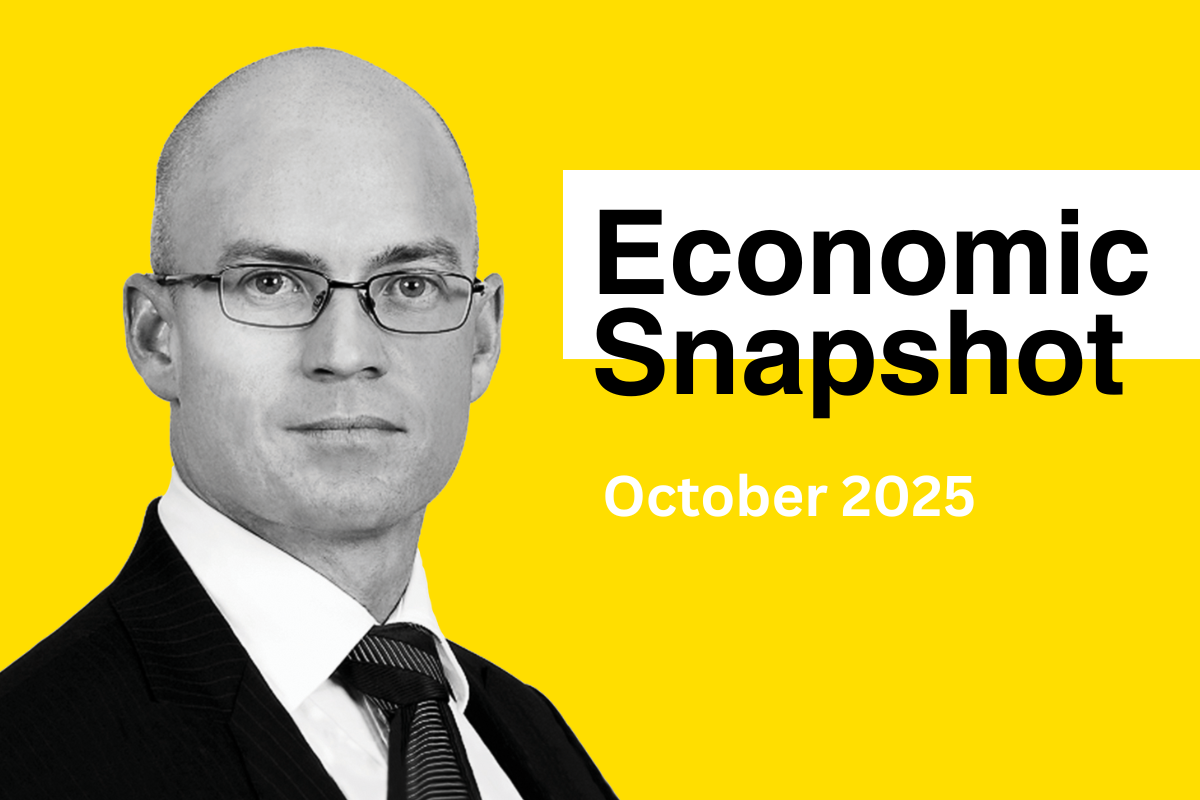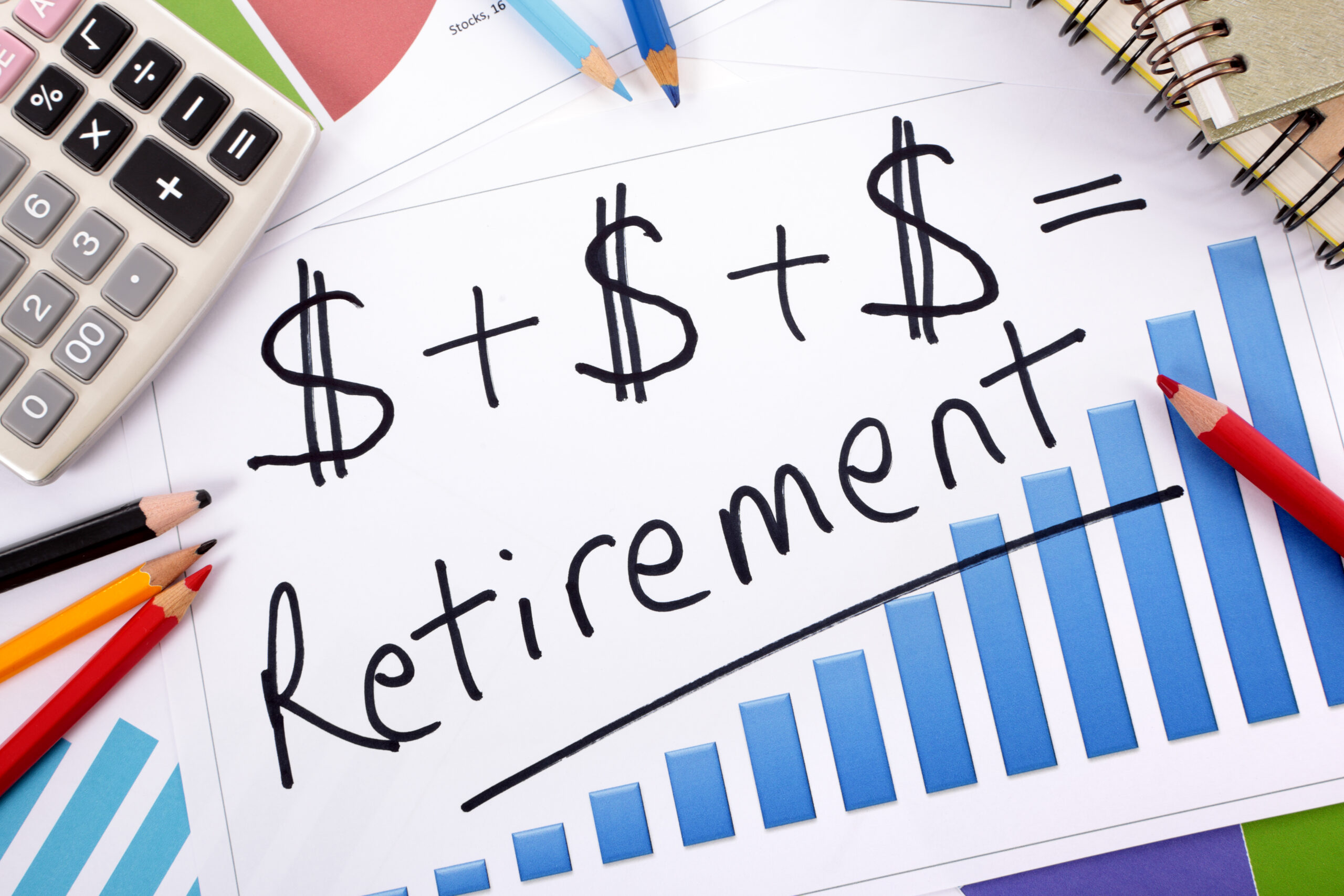Fuel Prices Set to Surge: What It Means for Interest Rates

Australians could soon be paying more at the pump, with fuel prices tipped to reach as high as $2.20 per litre. The expected increase is being driven by rising global oil prices, largely fuelled by escalating tensions in the Middle East, particularly the ongoing Israel-Iran conflict. Crude oil has jumped around 20% over the past month, and analysts warn prices could climb even higher if geopolitical risks intensify.
According to local market analysts, every $US1 rise in oil typically adds around one cent per litre at the bowser – and those cents can quickly add up for everyday motorists. But the impact doesn’t stop there.
As fuel is a key input cost for many industries, higher petrol prices often flow through to the cost of transporting goods, running businesses and even electricity generation. That means rising petrol prices can push up inflation, making life more expensive across the board.
This presents a fresh challenge for the Reserve Bank of Australia. After months of easing inflation and growing hopes of interest rate cuts, the spectre of surging fuel prices could complicate those plans. If inflation spikes again, the RBA may be forced to hold off on any rate reductions, or worse – consider raising rates to keep inflation in check.
Experts are watching closely to see how the situation unfolds. If oil prices remain high or continue to rise, Australians could face a double whammy: higher living costs and sustained pressure on interest rates.
In short, global tensions are hitting closer to home – and your wallet might soon feel it.
Latest News Articles
Back to Latest News
Economic Snapshot – October 2025 Update

Solar Sharer: Free Power Coming to Millions of Aussie Homes


